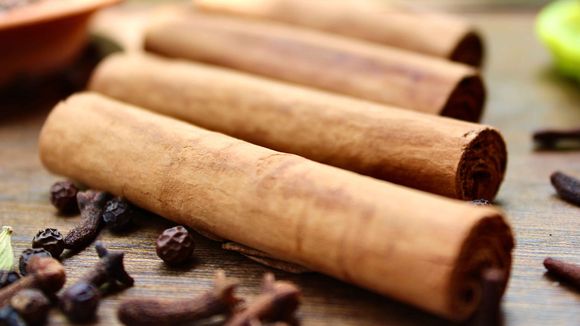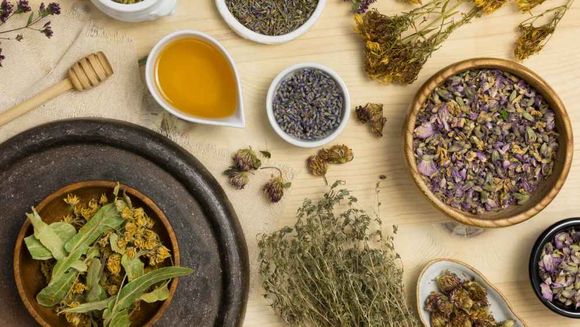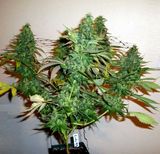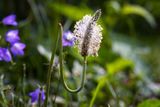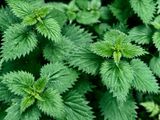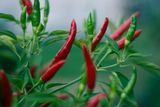What is the potential of herbs and spices for the prevention and treatment of cancer
There is no doubt that nutrition and health are closely related. For generations, people have argued that food provides greater benefits than just energy supply. Faith in the healing properties of food appears in very early writings of people. Hippocrates are often quoted as saying:
"May food be your medicine and medicine be your food."
Epidemiological, preclinical and clinical studies continue to provide fundamental information about the dynamic relationship between nutrients – defined here as any substance in the diet, resulting in a physiological effect – and health. Today, claims about the ability of foods, including spices, to reduce the risk of disease or improve quality of life continue to captivate our lives and amaze scientists. More in-depth analyses of three types of biomarkers - exposure, effect and sensitivity - are needed to assess the effects of spices in cancer prevention and therapy, as well as an assessment of some other factors such as:
- Quantities of specific spices necessary to induce a reaction (effect);
- Interactions of spices with other components of the diet;
- Composition of the microbiome in the gastrointestinal tract;
- Environmental exposure;
- Genetic characteristics.
Different culinary herbs and spices have the ability to alter several cellular processes that are associated with the risk of cancer and/or tumor behavior of cells. [ref. 1] The ability of spices to serve as inhibitors of bioactivation of the carcinogen, to reduce the formation of free radicals, to suppress cell division and to promote apoptosis in cancer cells, to suppress microbial growth and to regulate inflammation and immunocompethability, are outlined as plausible mechanisms by which the selected spices can promote health and increased resistance to diseases. Low toxicity and widespread use of spices can make them especially useful by a slight change in diet, which can reduce the risk of several diseases. It has already been documented that adding only approximately 1 gram of herbs per day to the diet can significantly contribute to the total intake of antioxidants (1 mmol). These medicinal plants are also a better source of antioxidants compared to many food products. [Ref. 2]
Besides herbs, some spices are also effective antioxidants and can be especially important for reducing oxidative damage due to environmental stress. And stress is always a prerequisite for the development of diseases, and unfortunately our lives are filled with more and more sources of stress. Therefore, it is important to turn to nature to seek harmony in it and to take advantage of the gifts it offers us.
Next, you can read about these herbs and spices with some of the more impressive biological properties reported in the scientific literature. You will find information about the amount of spices needed to induce a reaction and thus their physiological significance.
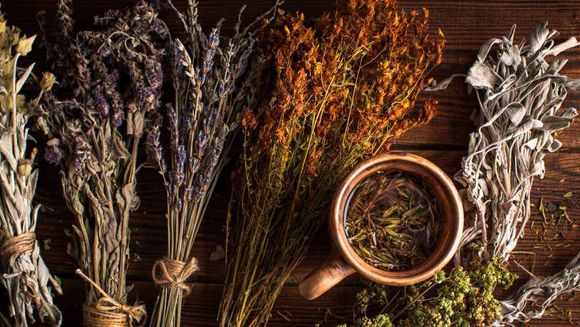
Herbs and spices for the prevention and treatment of cancer
Bahar (Pimenta dioica)
The term "bahar" was introduced in 1600 by the English people, who believed that the herb combines the flavors of cinnamon, nutmeg and cloves. Bahar is also called "Jamaican pepper", "kurundu", "pepper myrtle", "pimenta". Ground bahar is not a mixture of spices, as some people believe, but is obtained from the dried unripe fruits of the Pimenta dioica tree.
Bahar is said to possess antimicrobial, antioxidant, anti-inflammatory, analgesic, antipyretic, anticancer and antitumorigenic properties. [ref. 3] It contains numerous potential bioactive agents that can contribute to health promotion, including flavonoids, phenolic acids, catechins and several phenylpropanoids. [ref. 4] The antioxidant and antimicrobial activity of bahar may be associated with eugenol. In this regard, Billing and Sherman reported that bahar is as effective as garlic and onions in suppressing microbial growth. The importance of its antimicrobial properties has recently been underlined by evidence that bahar and eugenol are effective in lowering the virulence of Escherichia coli O157:H7. [Ref. 5]
The anticancer properties of bahar may also be partly due to its ability to affect the activity of cytochrome P450 (CYP) and thus affect carcinogenic bioactivation. A team of scientists was able to cultivate human cells from liver cancer and human adenocarcinoma cells of the colon and examined the ability of spice extract to activate mechanisms associated with phase I detoxification enzymes. Thus, the activation of transcription factors to connect to the elements of response seems like a plausible mechanism by which the bahar and potentially eugenol have an anticancer effect. [Ref. 6]
Basil (Ocimum basilicum)
Basil is a culinary herb, most prominently seen in Italian and Southeast Asian cuisine. Although there are many varieties of basil, sweet basil is one of the most prevalent and most commonly studied herbs for its health benefits. Basil was originally found in Iran, India and other tropical regions of Asia, but is now widely available around the world. Antioxidant, antimutagenic, antitumorogenic, antiviral and antibacterial properties of basil probably stem from various components, including linalool, 1,8-cinol, estragol and eugenol. [Ref. 7]
Several studies provide evidence that basil is an antimutagenic spice. They demonstrate that 50 μg/mL basil largely blocks the formation of a DNA adduct caused by 1′-hydroxyestagol in the cell line of the human hepatoma (HepG2), possibly by promoting phase II enzymes and thus conjugation and elimination of this carcinogen. These findings also likely explain the basil's ability to reduce the mutagenicity of aflatoxin B1 (AFB1) and benzo(a)pyrene (B(a)P). [ref. 8] The anticancer properties of basil may also be related to its ability to influence viral infections, such as hepatitis B.
Kim (Carum carvi)
The kim, also known as "Meridian dill" or "Persian cumin," is found in West Asia, Europe and North Africa. It is believed that the main agents in kim oil are carvon or p-mint-1,8-dien-2-one and lemon or p-mint-1,8-diene, the ancestors of carvon and anetofuran. Scientists studied the effect of kim seed extract on mutagenesis induced by N-methyl-N-nitro-N'-nitrosoguanidine (MNNG) in S. typhimurium strains that have a DNA MG deficiency. Their results indicate that the kim does not directly inactivate MNNG and O6-methylguanine-DNA MGMT may be involved in the response. In mouse studies, the number of carcinomas in those who received kim oil was significantly lower than in controls.
Induction of glutathione-S-transferase from anti-carcinogenic compounds is an important mechanism by which several spices, including cumin, can promote the detoxification of the carcinogen and thereby reduce the risk of cancer. [Ref. 9]
Cardamom (Elettaria cardamomum)
Cardamom refers to herbs of the genus Elettaria (green) and Amomum (black) from the ginger family Zingiberaceae. [ref. 10] Cardamom is a common ingredient used in Indian cuisine and in different parts of Europe. Extracts of different types of cardamom have been studied for their anticancer and antioxidant action in animals. For example, cardamom has been shown to reduce azoxymethane-induced carcinogenesis of the colon by virtue of its anti-inflammatory, antiproliferative and proapoptotic actions. [ref. 11]
Cinnamon (Cinnamomum verum)
Cinnamon is a spice obtained from the bark of an evergreen tree belonging to the Lauraceae family. The main ingredients in cinnamon include cinnamon dehyde, eugenol, terpinene, α-pinene, carvacrol, linalool, safrol, benzyl benzoate and coumarin [ref. 12] Cinnamon is widely used in traditional Chinese medicine. Several studies have examined its antioxidant properties, as it reduces oxidative stress and the marker TBARS, a biomarker for the production of free radicals in rats.
The ability of cinnamon extracts to inhibit the in vitro growth of Helicobacter Pylori, a recognized risk factor for stomach cancer, lymphoid tissue lymphoma associated with the gastric mucosa, and possibly pancreatic cancer, cause significant interest in the potential use of this spice to suppress human cancers. In this regard, more studies are needed to clarify the mechanism of action and benefits.
